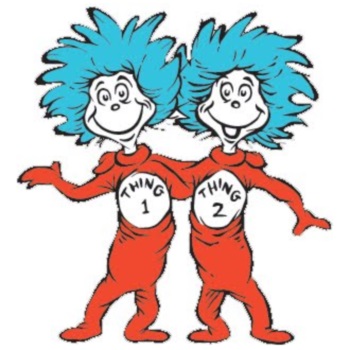Manchester Orchestra’s newest album, Cope, has the biggest guitar sound I can remember hearing on any record, gigantic, immersive riffs that I’d love to hear when I plug my own axe into an amplifier. Hell, I want these chords to play any time I enter a room. If Sam Cassell pretended to hold guitar riffs instead of his balls after making a big play, he’d be holding the riffs from Cope.
MO layers these riffs over lugubrious rhythms that derive more from doom metal (acts like Trouble or Cathedral) than from any subgenre in the indie or alternative rock worlds, a formula that produces an uneven album but that works more often than it doesn’t, especially given the naturally despairing tone of Andy Hull’s voice. Album opener and first single “Top Notch” best demonstrates this combination of left- and right-hand paths, with an enormous crunch to open the track that evokes early Black Sabbath both in its force and in the use of sudden transitions from high-intensity riffs to slow, quiet passages beneath the lyrics, the strongest on the disc. The lyrical yearning pairs with the tantalizing pause and buildup into each chorus; the quick stops after each riff leave you standing at the edge of a crumbling cliff, waiting for the next giant crunch to arrive, only to have it come a beat later than you expected.
When MO utilize that set of contrasts – loud/quiet, staccato finishes/tentative restarts – they provide Cope with its strongest tracks, including the opener, “The Mansion,” the 6/4 track “The Ocean,” and “Trees,” the last of which has an opening lick that could have come off a recent Black Keys album. The plaintive riff that opens the waltz “All That I Really Wanted” prop up the generic expressions of regret in the verses – Cope isn’t Hull’s strongest work as a lyricist – in a track that might have served as a better closer than the title track. “The Mansion” is more straightforward, at least in tone and time signature, but another dramatic shift into the chorus punctuates the rather morbid verses that precede each one.
However, when the pace picks up, the music becomes a little one-note – the harmonies sound overproduced, the tension is lacking, and the weaker lyrics become more noticeable. “Girl Harbor” sounds like an aborted attempt at a straight pop song, lacking not only the huge riffs that distinguish the album as a whole but even missing any kind of dissonant or contrasting note to tone down the saccharine lyrics. “Every Stone” is similarly upbeat without balance; that’s not who Manchester Orchestra is, and it’s certainly not what they do best, so when they head in this direction, the harsh or heavy elements are notable by their absence. Those vocal harmonies work so well in the midst of a song that otherwise borders on hard rock or metal, but they risk coming too close to OneRepublic when they indulge in those harmonies without that note of acidity to create a more complete dish.
Cope represents a step forward again for Manchester Orchestra, whose critically-acclaimed 2011 release Simple Math dwelled too much on insular, tenebrous sounds and didn’t have anywhere near the aural appeal of this album. Some listeners may not appreciate the shift from indie-rock quirkiness (like Simple Math‘s “Pensacola”) to full-on metal-tinged rock, but of all of the stylistic dialects the band has tried, this one suits Andy Hull’s voice and lyrics the best, even with some inconsistencies in their transition to this kind of sound.
—
I take a fair amount of time to review albums, giving them as many listens as I think necessary to write up a proper review, which means I won’t usually have a review out the day an album’s released (only if I have a promo copy), and I won’t review every album I hear. I’m hoping to write up at least three more recent releases before draft season starts to overwhelm me – Band of Skulls’ Himalayan, Jimi Goodwin’s Odludek, and The War on Drugs’ Lost in the Dream.
